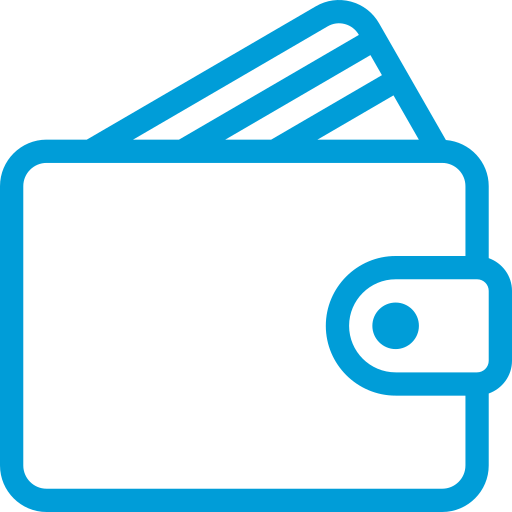Sodium-Controlled Diet
There are many herbs and spices that you can use to add flavor to your food instead of salt. Also, certain foods have more sodium than others. See the following table for some suggestions on how to reduce sodium in your diet:
| Limit the Amount of… | Food to Limit Because of their High Sodium Content | Acceptable Substitutes |
|---|---|---|
| Salt & Salt Seasonings |
|
Fresh garlic, fresh onion, garlic powder, onion powder, black pepper, lemon juice, low- sodium/salt-free seasoning blends, vinegar |
| Salty Foods |
High Sodium Sauces such as:
Salted Snacks such as:
|
Homemade or low-sodium sauces and salad dressings; vinegar; dry mustard; unsalted crackers, popcorn, pretzels, tortilla, or corn chips |
| Cured Foods |
|
Fresh beef, veal, pork, poultry, fish, eggs |
| Luncheon Meats |
|
Low-salt deli meats (if you need to limit phosphorus, these are likely high in phosphorus) |
| Processed Foods |
Canned:
Convenience Foods such as:
|
Natural cheese (1-2 oz per week)
Homemade or reduced-sodium soups, canned food without added salt
Homemade casseroles without added salt, made with fresh or raw vegetables, fresh meat, rice, pasta, or no added salt canned vegetables
|
Why do I need to limit my sodium intake?
Some salt or sodium is needed for body water balance. But when your kidneys lose the ability to control sodium and water balance, you may experience the following:
- thirst
- fluid gain
- high blood pressure
- discomfort during dialysis
By using less sodium in your diet, you can control these problems.
Hints to keep your sodium intake down
- Cook with herbs and spices instead of salt. (Refer to “Spice Up Your Cooking” section for further suggestions.)
- Read food labels and choose those foods low in sodium.
- If you need to limit potassium avoid salt substitutes (such as potassium chloride) and specialty low-sodium foods made with salt substitutes because they are high in potassium.
- When eating out, ask for foods prepared without salt. Ask for gravy or sauce on the side; these may contain large amounts of salt and should be used in small amounts.
- Limit use of canned, processed, and frozen foods.
Some information about reading labels
- Understanding the terms:
- Sodium Free – Only a trivial amount of sodium per serving.
- Very Low Sodium – 35 mg or less per serving.
- Low Sodium – 140 mg or less per serving.
- Reduced Sodium – Foods in which the level of sodium is reduced by 25%.
- Light or Lite in Sodium – Foods in which the sodium is reduced by at least 50%.
- Simple rule of thumb: If salt is listed in the first five ingredients, the item is probably too high in sodium to use.
All food Nutrition Facts labels have milligrams (mg) of sodium listed. Follow these steps when reading the sodium information on the label:
- Know how much sodium you are allowed each day. Remember that there are 1000 milligrams (mg) in 1 gram. For example, if your diet prescription is 2.3 grams of sodium, your limit is 2300 milligrams per day. Consider the sodium value of other foods you plan to eat during the day.
- Look at the package label. Check the serving size. Nutrition values are expressed per serving. How does this compare to your total daily allowance? In general, the item is not a good choice if:
- The sodium level is 240 mg or more per serving, the item is not a good choice.
- The milligrams of sodium are greater than the calories per serving
- Compare labels of similar products. Select the lowest sodium level for the same serving size.





